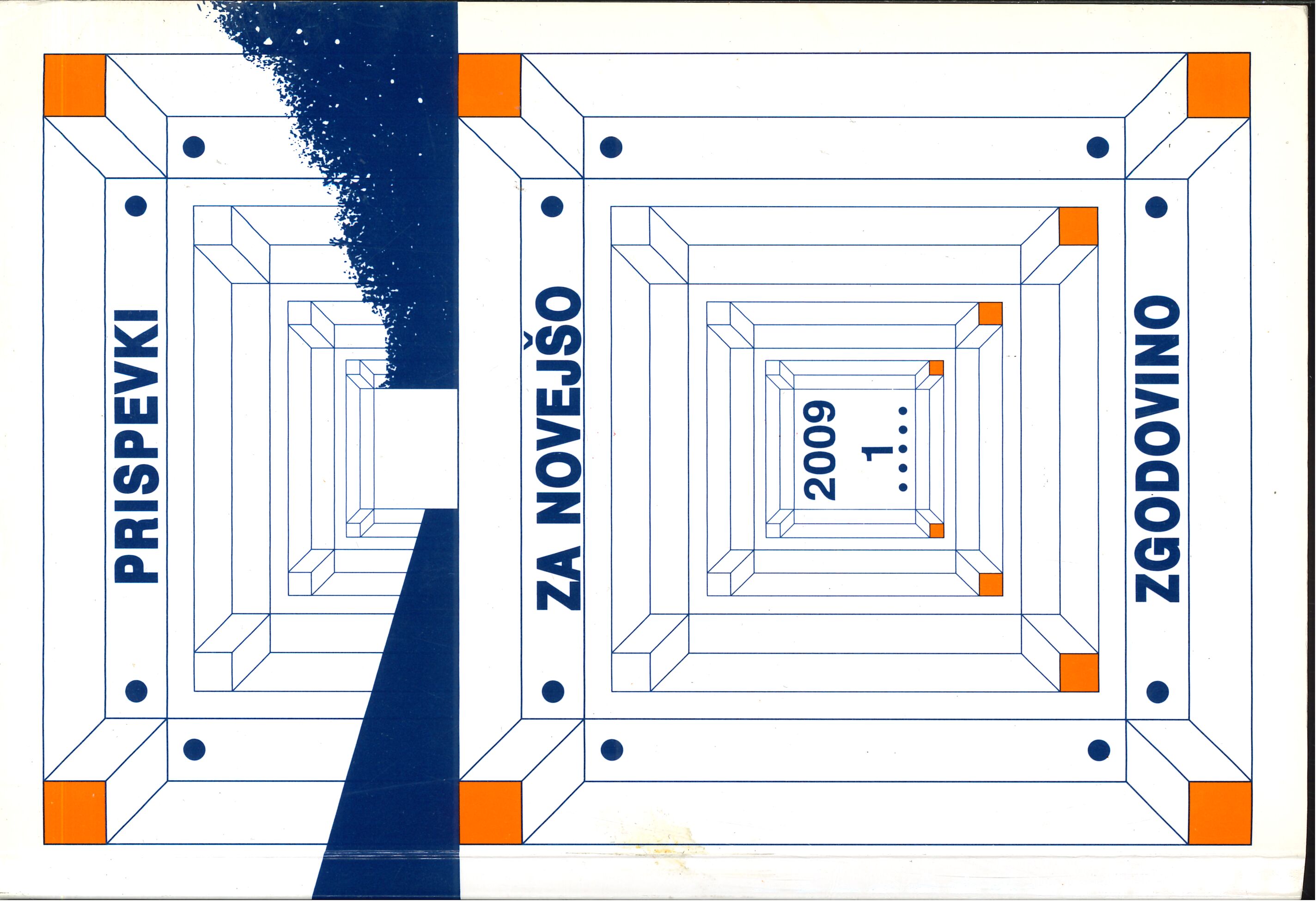"Panslavism, Panslavism, Everybody Would Yell!" On the history of Slavism, Slovenianism and the German fear of Panslavism 1788-1861
Keywords:
Slavs, Germans, Habsburg Monarchy, Slovenians, PanslavismAbstract
The idea of Slavism is inseparably linked with the development of the Slovenian national thought. The use of wider, Slavic notion to surpass provincial and regional borders was present since the very beginning of the Slovenian nationalism which was closely connected with the neighbouring German element. Herders's views on language as the essence of the nation and his praise of Slavs play an important role. At the end of Napoleon's Wars a general fear of Russia overcame Europe. Three different aspects of attitude towards Russia existed in the German-Austrian public: Russia as a reactionary state (internal policy aspect), Russia as a Slavic force (national aspect) and Russia as an expansive force (foreign policy aspect). The Slovenian national movement also operated in this context and had to struggle against being accused of Panslavism and Pro-Russianism from the beginning of its political action.
Downloads
Published
Issue
Section
License
Authors who publish with this journal agree to the following terms:
- Authors retain copyright and grant the journal right of first publication with the work simultaneously licensed under a Creative Commons Attribution License that allows others to share the work with an acknowledgement of the work's authorship and initial publication in this journal.
- Authors are able to enter into separate, additional contractual arrangements for the non-exclusive distribution of the journal's published version of the work (e.g., post it to an institutional repository or publish it in a book), with an acknowledgement of its initial publication in this journal.
- Authors are permitted and encouraged to post their work online (e.g., in institutional repositories or on their website) prior to and during the submission process, as it can lead to productive exchanges, as well as earlier and greater citation of published work (See The Effect of Open Access).


